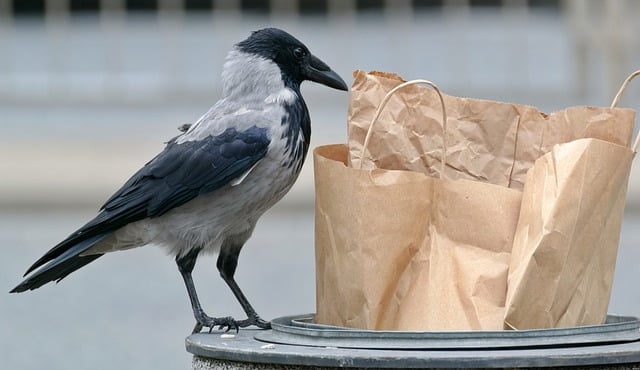
A guide to reducing food waste
A guide to reducing food waste
According to the United States Department of Agriculture (USDA), the average family of four wastes approximately $1,500 in food each year. In addition to losing money, this also negatively affects our natural resources. Much of the energy goes into food production, transportation, and storage, including labour, natural gas, electricity, and water.
By reducing the amount of food your family wastes, you can save money and help the environment. Planning only takes a few extra minutes.
Planning your trip to the store
The outbreak of the novel coronavirus has prompted us to practice social distancing. So, the first question you should ask yourself before heading to the store is – do I need to go?
Many people are quick to assume they don’t have what they need. How many times have you bought the same thing many times because you forgot to check? Some staples on the shelves are important to keep them stocked. But buying foods you don’t need can lead to food waste. Consider using these strategies before heading to the grocery store:
- Shop the fridge and pantry first. Don’t assume you don’t have a component. Check to make sure first. You may even find an ingredient that can be substituted for the ingredient you were looking for – like quinoa instead of rice or dried beans instead of canned.
- Understand sale by / use by dates. Many people assume that you cannot use a product after the sell-by date. this is not true. These dates are used for quality, not security. If you have a product past this date, try to use it within the week.
- Keep a list of what you need. When consuming the food you use, add it to your list. This way, your grocery list will start when you go to the store, and you won’t forget to buy the foods you need.
- Plan your meals. One great way to reduce the amount you buy is to plan what you want to eat for the week. And not just for dinner. Think breakfast, lunch, and snacks, too. Try to plan recipes that might use similar ingredients, so you’re not buying an ingredient for just one dish.
- Buy only what you need. Grocery stores are designed to allow your eyes to wander over to things you may not need. When you get to the store, stick to the game plan and only buy what’s on your list. Not only will this save you money, but it will also help you avoid unnecessary snacking or wasting food later in the week.
How to get the most out of your food
Once you have your groceries, make a plan for how you will use or store them for later. Learning how to properly keep foods fresh can help you avoid spoiled greens being shoved into the back of the refrigerator or a stray container of something that is no longer recognizable.
- Organizing, organizing, organizing. A well-organized pantry or refrigerator can not only make things easier to find, but can also help prevent food spoilage. When you buy new items, put them behind items that haven’t been used yet. This prevents old groceries from spoiling or accidentally opening more than a gallon of milk at a time! If you don’t have room for new groceries, it might be time to clean up your inventory.
- Prepare for plan overload, not leftovers. Preparing food strategically can save you more work later. If you’re making rice for quick stir-fry, make additional rice soup later in the week. When baking chicken, bake extra for a casserole, sandwich, or salad the next day.
- Store food properly. Some items, such as potatoes and onions, are best kept in cool, dry places, while bananas should be stored away from the rest of your produce. Also think about how you plan to use the food before throwing it out. If you don’t really need something, consider freezing it. Eat a portion of the meat before freezing to make it easier to prepare the meal later. Package meals individually for easy eating and reheating. Remember to name and date everything.
- Get creative with the extra food. Mix assorted fruits together for a fruit salad, into a smoothie, or to add flavor to water. Add chopped vegetables to soup, casserole, or stir-fries. Remember, we sometimes throw out parts of food that have other uses. The peel of citrus fruits can be used to add fresh flavors to the dish. Carrot and celery tops can be added to soups or broths.
When in doubt, a great way to put extra food to good use is to donate it to a local food bank or shelter. Instead of letting things spoil because you bought too much, take them to a place where they will go to someone in need.



